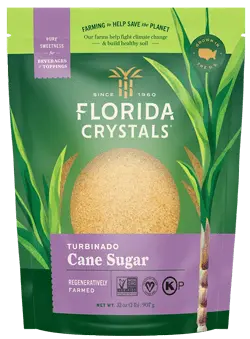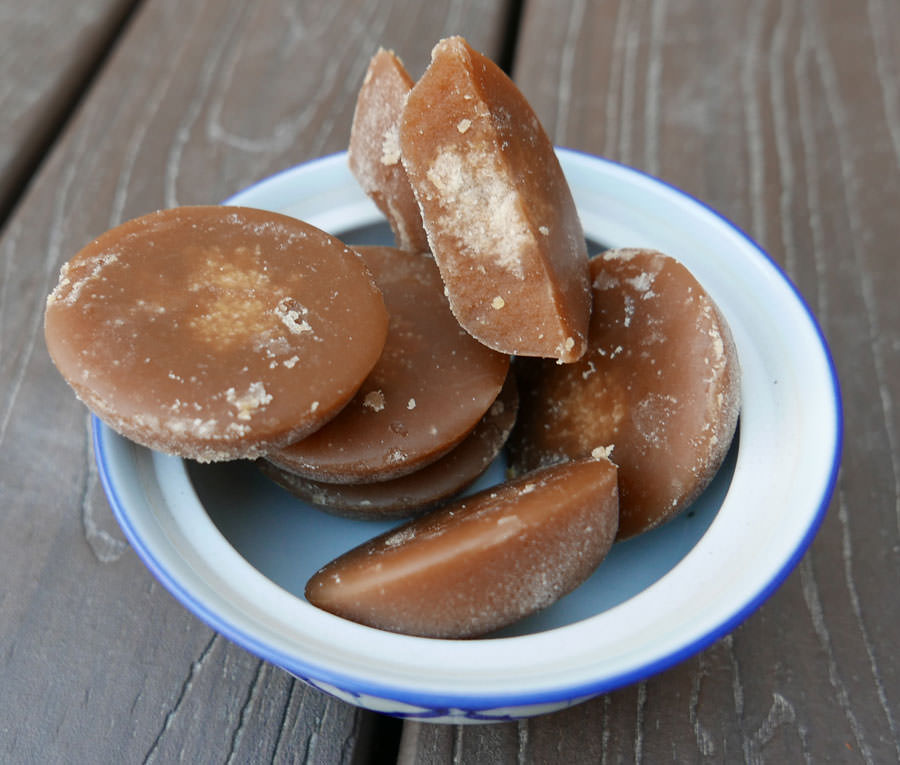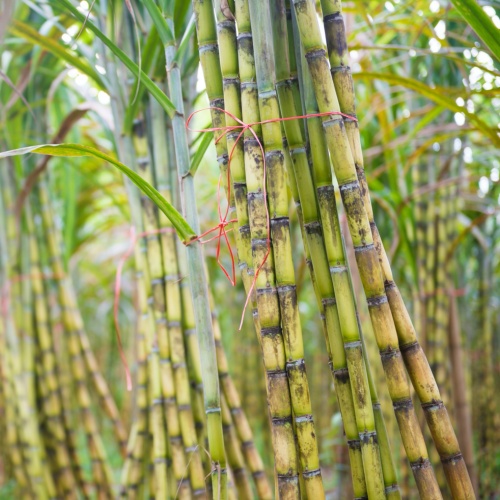Cane Sugar Processing Explained: What Happens Inside a Sugar Mill
Cane Sugar Processing Explained: What Happens Inside a Sugar Mill
Blog Article
Checking Out the Comprehensive Tips Associated With Walking Stick Sugar Processing From Gathering to Improvement
The procedure of cane sugar production encompasses a series of complex actions, beginning with the cautious harvesting of sugarcane and finishing in the improvement phases that ensure the final product satisfies market requirements. Each stage, from the removal of juice to the purification and condensation procedures, plays an essential duty in identifying the top quality and character of the sugar.
Collecting Sugarcane
Gathering sugarcane is a crucial action in the walking cane sugar processing chain, as it directly influences the top quality and yield of the end product. Correct timing and techniques are important throughout this phase to ensure ideal sugar content and minimize losses. Generally, sugarcane is collected when it reaches maturation, generally 12 to 18 months after planting, defined by a high sucrose concentration.

Post-harvest, the sugarcane has to be processed swiftly to stop sucrose degradation. Preferably, collected walking cane must be moved to refining facilities within 24 hr to protect sugar top quality. Consequently, reliable logistical preparation is vital to keep the stability of the collected plant throughout the supply chain.
Extraction Refine

The crushed walking stick goes through a series of pushing operations to make best use of juice recuperation. Commonly, warm water is splashed onto the crushed walking cane, producing a countercurrent circulation that aids dissolve the sugar while also helping in the extraction procedure. The juice gathered from this operation includes not only sugar yet likewise various organic substances and impurities.

To improve removal effectiveness, some centers may use diffusion approaches, where the sugarcane is saturated in warm water, permitting the soluble sugars to diffuse right into the liquid. The resulting juice, rich in sucrose, is after that directed to succeeding handling stages, laying the foundation for purification and improvement. The extraction procedure is therefore essential in figuring out the high quality and return of the final sugar item.
Purification Techniques
The filtration methods used in cane sugar handling are important for changing the raw juice into a premium sugar item. These methods largely intend to remove pollutants, such as dirt, plant products, and inorganic compounds, which can detrimentally affect the final item's flavor and color.
This procedure entails adding lime and warm to the raw juice, which promotes the coagulation of impurities. Furthermore, the use of phosphoric acid can improve the information procedure by more binding impurities.
Another considerable technique is carbonatation, where co2 is introduced to the clarified juice. This response creates calcium carbonate, which captures staying impurities and promotes their removal.
In addition, activated carbon therapy might be used to adsorb any kind of staying colorants and natural pollutants, ensuring a much more polished product. The mix of these techniques properly prepares the sugar juice for subsequent actions in the refining process, setting the stage for the production of premium cane sugar.
Condensation Techniques
After the filtration phase, the following important step in walking cane sugar handling includes condensation methods, which play a critical function in transforming the cleared up juice right into strong sugar. This procedure commonly utilizes two primary methods: spontaneous more helpful hints crystallization and controlled formation.
In spontaneous formation, supersaturated sugar solutions are permitted to cool down naturally, causing the formation of sugar crystals gradually. This technique is less complex yet might result in uneven crystal dimensions and reduced purity levels. On the other hand, controlled crystallization is a more accurate strategy where temperature, concentration, and seeding representatives are meticulously taken care of. This technique permits the consistent development of sugar crystals and greater purity.
During crystallization, the clarified juice is focused with dissipation, enhancing its sugar content until it gets to supersaturation. When this point is achieved, either method can promote the crystallization process. Cane Sugar Processing. The resultant sugar crystals are then divided from the remaining syrup with centrifugation
Ultimately, the choice of condensation approach impacts the top quality, dimension, and pureness of the last sugar product, making this action vital in the total walking cane sugar handling treatment.
Refinement and Product Packaging
How can the purity and quality of cane sugar be further improved after formation? The refinement procedure plays a crucial duty in accomplishing top quality walking cane sugar. Complying with condensation, sugar undertakes a detailed cleaning to get rid of contaminations and residual molasses. This is typically accomplished making use of cozy water or heavy steam, which aids liquify and remove undesirable aspects while preserving the sugar crystals.
Following, the sugar goes through a procedure called centrifugation, where it is rotated at broadband useful link to divide the cleansed sugar crystals from the continuing to be liquid. After centrifugation, the sugar is usually further refined with a method called carbonization or phosphatation, which utilizes activated carbon or phosphoric acid to eliminate shade and off-flavors.
When fine-tuned, the sugar is dried out to accomplish the preferred dampness material, making sure that it remains stable throughout storage and transportation. The last action includes packaging the polished sugar in her explanation closed and moisture-proof containers to keep its top quality and prevent contamination. Cane Sugar Processing. Correct packaging not just expands life span but also facilitates easy handling and distribution, making sure that consumers get sugar that meets the highest requirements of purity and quality
Verdict
The extensive actions associated with walking cane sugar processing, from the precise harvesting of sugarcane to the elaborate refinement and packaging phases, highlight the significance of each stage in making sure high-quality sugar manufacturing. Ideal harvesting methods, effective removal methods, and strenuous filtration procedures collectively add to the final product's purity and security. The crystallization and subsequent product packaging methods further enhance the stability and service life of the sugar, highlighting the complexity and accuracy fundamental in this important farming industry.
The process of cane sugar production incorporates a collection of elaborate steps, beginning with the careful harvesting of sugarcane and finishing in the improvement stages that ensure the final product meets market criteria. Ideally, gathered cane needs to be transported to processing centers within 24 hours to preserve sugar high quality.In spontaneous crystallization, supersaturated sugar remedies are allowed to cool normally, leading to the development of sugar crystals over time - Cane Sugar Processing. The improvement process plays an important duty in achieving premium walking cane sugar.The thorough actions included in walking cane sugar processing, from the careful harvesting of sugarcane to the intricate refinement and product packaging stages, highlight the significance of each phase in making sure premium sugar manufacturing
Report this page